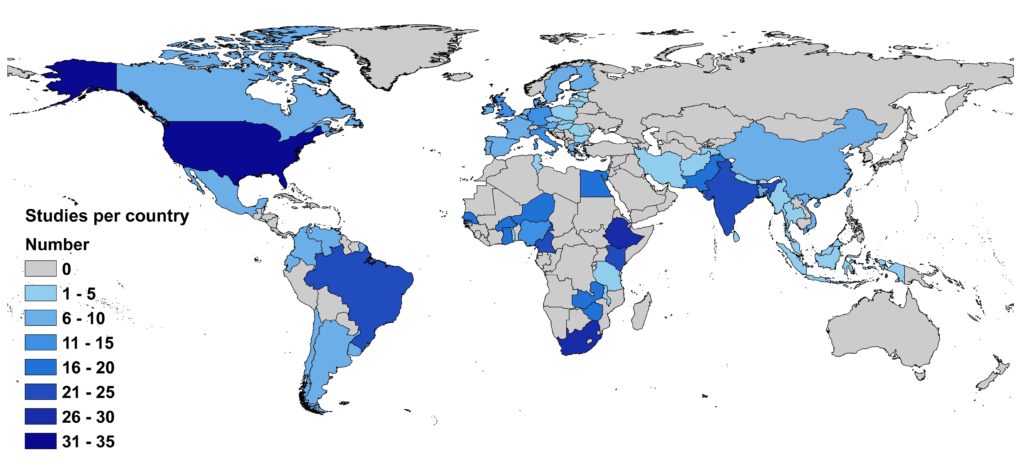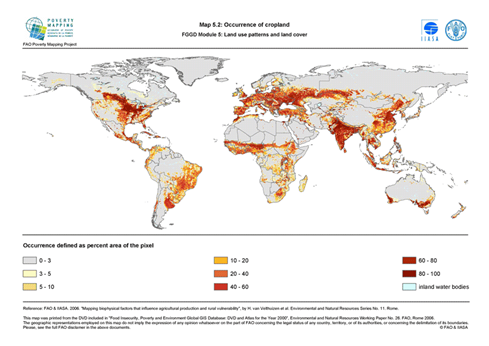In this case study, we hear from Allan Beltrán Hernández (Assistant Professor of Environmental Economics), who has been making use of BlueBEAR to enable his research into estimating the impact of climate change on agriculture at the global level.

I work with colleagues at Yale University and the National Autonomous University of Mexico on estimating the impact of climate change on agriculture at the global level. The work is based on a sample of 227 studies that rely on the Ricardian Model to investigate the impact of climate change on agriculture in specific countries or regions.
This model analyses the impact of climate on land rents and therefore incorporates adaptation to climate change in the decision making of profit maximising agents. Our sample considers evidence from 71 countries that represent 64% of global cropland and 80% of global crop production value. From each of these studies, we extract the climate change impact function and extrapolate it to each square kilometer of cropland considered in the geographical area of the study.
The use of BlueBEAR and the Research Data Storage has been essential to carry out this project with the high level of resolution we use. Our estimations involve over 48 million observations and maximum likelihood methods that require large computing power for the estimation and mapping of results. Each of the points representing a square kilometer of cropland contains information on temperature, precipitation, agroecological conditions, elevation and the level of irrigation infrastructure. With this data, we are able to get for the first time Ricardian estimates of the impact of climate change on agriculture at the global level.

Parallel batch processing in BlueBEAR made the project feasible shortening the amount of time required for estimation. The development of BlueBEAR On Demand (BEAR Portal) has also made processing easy and more efficient, as it is now possible to track the processing progress through the visual interface and amend the code as required.
We were so pleased to hear of how Allan is able to make use of what is on offer from Advanced Research Computing, particularly to hear of how he has made use of BlueBEAR HPC and the portal – if you have any examples of how it has helped your research then do get in contact with us at bearinfo@contacts.bham.ac.uk. We are always looking for good examples of use of High Performance Computing to nominate for HPC Wire Awards – see our recent winners for more details.

